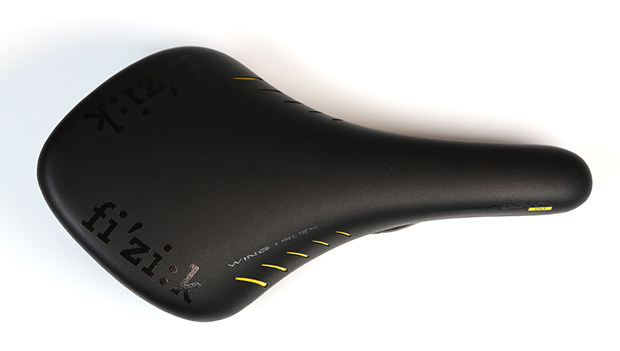
Or do you? To be honest, I'd never given much thought to a carbon saddle alternative until recently, when a passing comment from a bike shop mechanic raised my figurative eyebrow and set me on a path to prove whether all-carbon-everything is, in fact, a necessity.
Let's start with a basic premise: Carbon fiber is lighter than traditional steel alloys and, when used as part of the rail and/or shell construction of a bike saddle, adds a subtle change in flex along with weight reduction.
More: 7 Saddle-Buying Mistakes to Avoid
It can also add anywhere from $125 to $200 to the total cost of your saddle. I set out to determine if I could tell a cost-worthy difference between my existing women's specific saddle, the very popular Fizik Arione Donna, and the Donna 00 carbon equivalent.
Fizik Arione Donna
Shell: Carbon Reinforced Nylon Wing Flex
Rail: K:ium
Weight: 189 g
Dimensions: 285x147 mm
Cost: $145
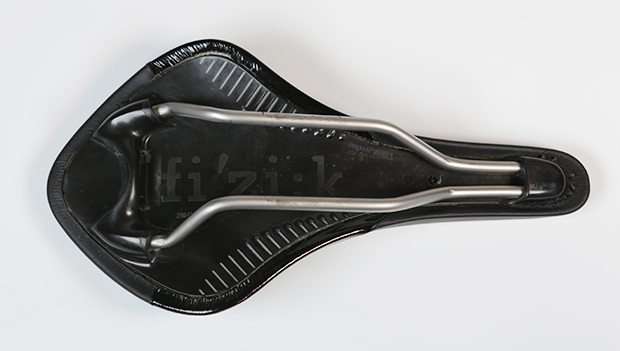
Fizik Arione Donna 00
Shell: Composite Carbon 00 – Wing Flex/Twin Flex
Rail: Carbon braided 7x9 mm
Weight: 169 g
Dimensions: 285x147 mm
Cost: $280
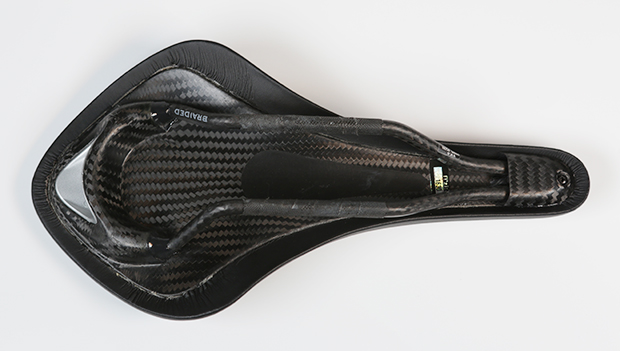
Although the saddle dimensions are exactly the same, the advantage on paper goes to the Donna 00 thanks to 20 g in weight savings and the added benefit of Fizik's Twin Flex construction, which combines two layers within the shell for a multi-directional combination of strength and comfort.
In person, however, there are two main differences to note. First off, the Donna 00 is not equipped with Fizik's integrated clip system, a real disappointment for brand loyalists who love their line of saddle bags and rear lights. Fizik's decision to exclude the clip system is understandable given that carbon saddles are generally intended to be a minimalist design appropriate for racing, but it still meant stowing my tire-changing materials in my jersey pocket. Secondly, there is no pressure relief channel on the Donna 00, although there is some built-in relief on the underside of the saddle.
The rest of the Donna 00's differences come in the shell and rail, where an outer sleeve of braided carbon fibers form a tube filled by unidirectional carbon fibers to create the perfect trinity of strong, light and stiff. The non-carbon version employs Fizik's proprietary K:ium rail system (no slouch in and of itself), which uses a metal alloy and tubular design to achieve an 8 percent weight reduction over titanium and a high strength-to-weight ratio. While these differences are mostly unnoticeable to the naked eye, carbon rails generally reduce the overall weight of the saddle and dampen vibration that would normally fatigue a rider.
More: Preventing Saddle Sores
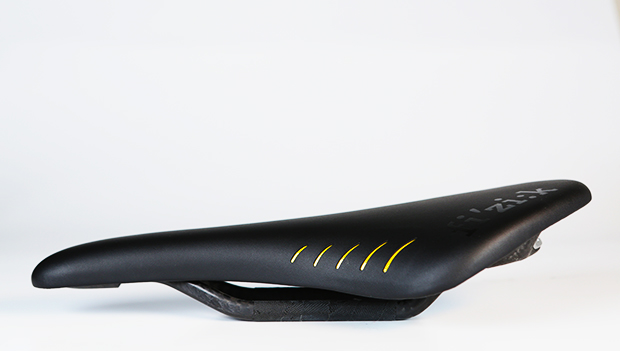
Full disclosure: The Fizik Arione Donna has been my go-to saddle for a little more than a year and a half. My Liv Envie came with it, and I've logged thousands of miles without much incident until some recent discomfort, which spurred the aforementioned conversation with my local bike shop mechanic.
Over two weeks, I logged about 220 miles on the Donna 00. Installation was relatively easy thanks to consistent dimensions across the two models, but take heed: Because carbon is more fragile than steel or titanium, caution should be used when tightening down the saddle. Too much torque on the bolts could spell disaster.
More: The Truth About Your Bike Saddle
Did the carbon construction improve my ride quality? In some ways, yes. I didn't have to change my riding position, and although I was initially concerned about the lack of a pressure relief channel, I found it not to be much of an issue. The additional shock absorption properties of the carbon fiber were noticeable on Texas roads splitting from summer heat, but the weight difference was undetectable in-ride. I did perceive some benefit from the subtle additional flex that carbon provides. It's hard to put into words, but the feel is just more forgiving, especially as the hours spent in the saddle begin to wear on.
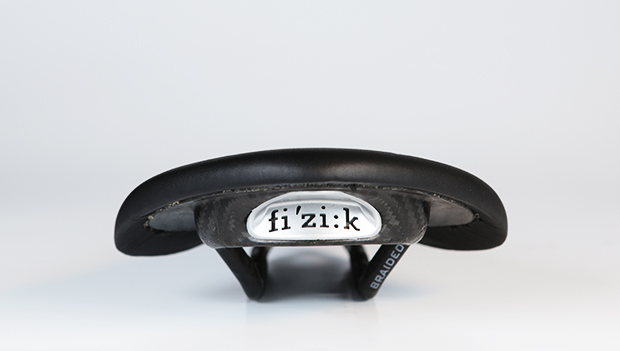
The overall construction of the Donna 00 was top-notch, with no noticeable signs of wear and tear after several hours in the saddle. Important to note, however, is that while Fizik doesn't list a maximum rider weight for particular models, it does matter. I weigh 130 pounds and felt the saddle was plenty durable. But if you are more firmly in the Clydesdale/Athena camp, you may want to consider sticking with the steel alloy, which will hold up better over time.
Was the overall riding experience improved enough to warrant the additional $120? It depends. Generally, a carbon saddle is pretty unnecessary if you're not riding past the 90-minute threshold. It's even more unnecessary if you're not logging significant mileage in a week (200 miles or more) and/or if you're not obsessed with the overall weight of your bike (seriously, guys, more carbon will not turn you into Peter Sagan, I promise).
But, at the end of the day, there's nothing more personal than choosing a saddle. Once you find the right fit, you'll pay just about anything for the comfort and resulting happiness. Should you buy a carbon saddle just to shed 20 g of weight and gain a few blink-and-you'll-miss-them benefits? In my opinion, no. If you do decide to spend the extra cash, do it because a proper fitting has deemed a carbon saddle to be the perfect fit for you.
It's your butt on the line, after all.
More: 6 Upgrades Your Bicycle May Need
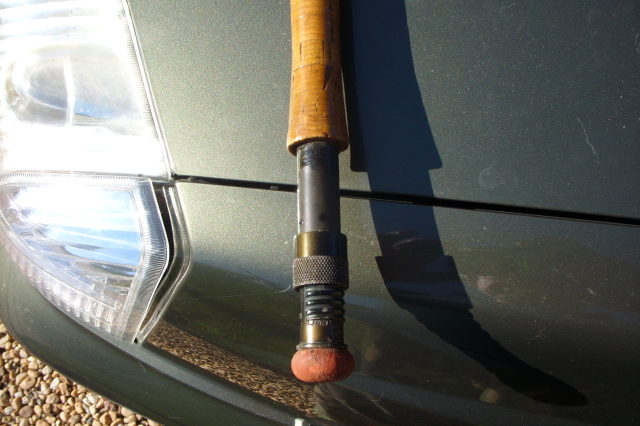
Coastal Fishing--A New Learning Curve
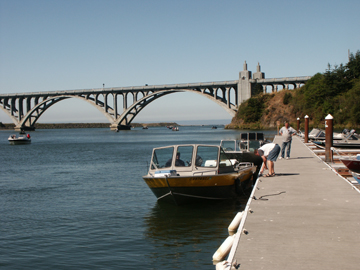
changing lines and hand position

Copyright © www.mycheapnfljerseys.com Outdoor sports All Rights Reserved